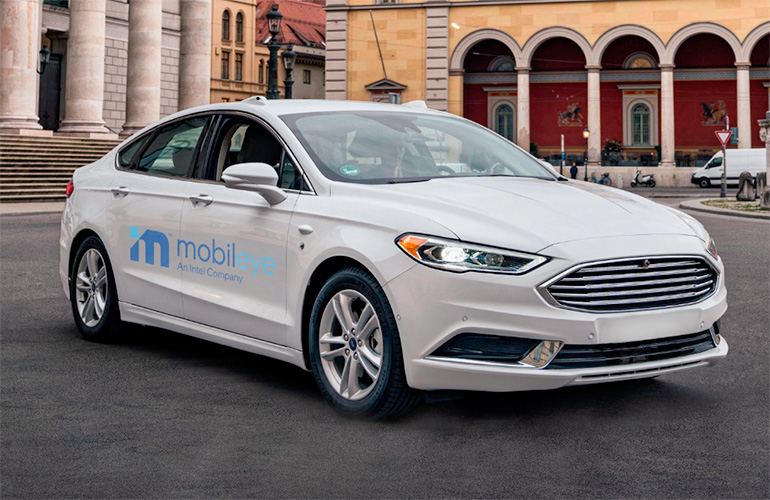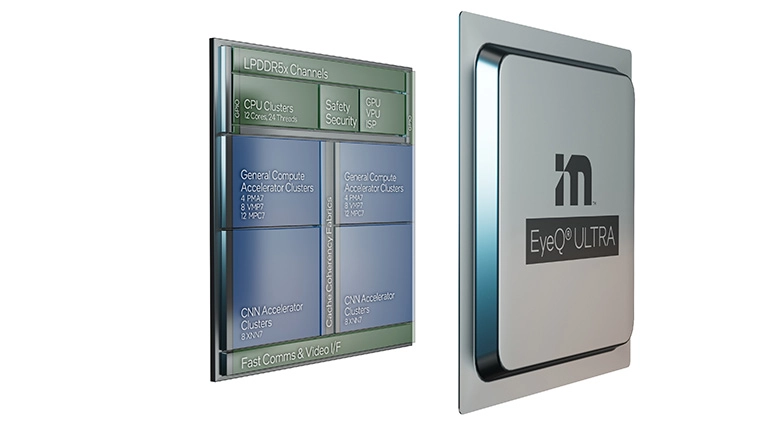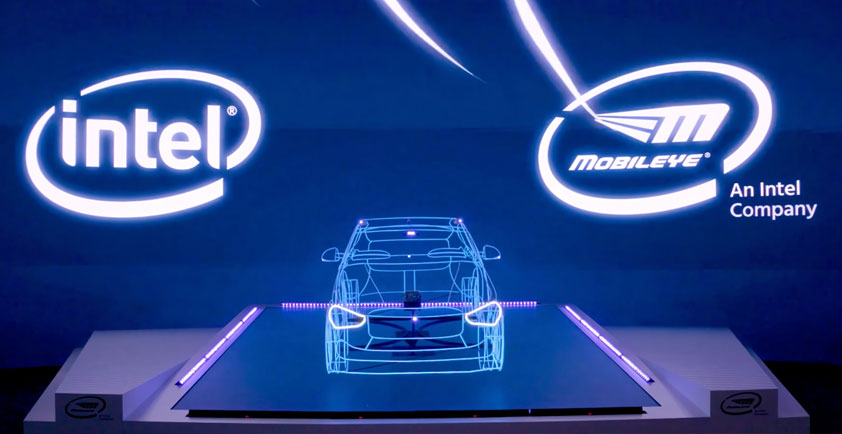
This announcement is just the first step of the initial public offering (IPO) process.
According to Reuters' earlier disclosure, Mobileye's valuation is as high as 50 billion US dollars, or about 315.8 billion yuan, and it is expected to become the largest IPO this year.
Founder & History
The founder of Mobileye is named Amnon Shashua. He is an Israeli, born in 1960, and graduated from Tel Aviv University and Massachusetts Institute of Technology. Since 1996, he has taught at the Department of Computer Science at the Hebrew University of Israel, focusing on computer vision science.
In addition to his day-to-day teaching job, Amnon Shashua is a serial entrepreneur. In 1995, at the age of 35, he founded the 3D optics company CogniTens, which was sold to the Swedish listed company Hexagon AB for $100 million in 2007, and began to emerge.
In 1999, the professor took his former investor Ziv Aviram to formally set up the company Mobileye in Jerusalem, to "be the eyes of the car".
In 2003, Mobileye released the EyeQ series chip EyeQ1 for the brain of advanced driver assistance systems (ADAS), and received $15 million in Series A financing in the same year. In 2007, the chips they designed were installed in the systems of well-known car companies such as BMW, GM, and Volvo. In the same year, Mobileye received a $130 million investment from Goldman Sachs.
2013 was also an important milestone for Mobileye, with more chip shipments in that year than in the previous five years combined. From 2007 to 2012, the cumulative shipment of EyeQ series chips was 1 million, and the annual shipment in 2013 was 1.3 million. Soon, they launched the go-to-market plan. In 2014, Mobileye raised $890 million and landed on the New York Stock Exchange with a market value of over $8 billion, creating the largest IPO in Israel, like the light of Israeli technology.
In 2016, the automotive industry chain staged a vigorous merger and acquisition. NXP, the largest automotive chip supplier, was sold to Qualcomm at a price of US$47 billion, and in 2017, Mobileye was merged into the UK at a price of US$15.3 billion. Under the umbrella of Erte, it shakes the autonomous driving industry in one fell swoop.
In anearly announcement in December, 2021, Intel announced that it expects to retain Mobileye’s executive team and hold on to a majority ownership in the unit after the IPO of newly issued Mobileye stock.
How $Intel(INTC)$ would benifit from this IPO?
“Mobileye has realized accelerated growth and opportunity since joining the Intel family, nearly tripling annual chip shipments, revenue and the number of employees since the acquisition,” said Shashua, founder and CEO of Mobileye.
“Our alignment with Intel continues to provide Mobileye with valuable technical resources and support that has yielded strong revenue along with free cash flow that allows us to fund our AV development work from current revenue. Intel and Mobileye’s ongoing technology co-development will continue to deliver great platform solutions for our customers.”
One of the key products in the Mobileye product line is theMobileye EyeQsystem-on-chip. With over a 100M units shipped and on the road, the EyeQ is core to the ADAS solutions for multiple automotive companies including Volvo, Tesla, GM, Audi, BMW, Nissan and Honda. EyeQ has been in the market since 2007.
The Mobileye EyeQ Ultra SoC is Mobileye’s highest performance autonomous vehicle navigation SoC solution.
At the end of 2019, its market share was around 70%, according to Gartner research. Even Shanghai Jinshan Bus has used Mobileye's monitoring system. At present, it also has a steady stream of new orders. In 2021, Mobileye has received new orders for ADAS projects of 41 models from more than 30 automakers around the world, involving about 50 million new vehicles.
The IPO should enable Mobileye to raise capital for further AV expansion and also bolster Intel’s plans to build up its chip foundry capabilities. Intel will retain majority ownership after the IPO.
“Intel has vast resources but going public could change the game for Mobileye and could bolster its efforts in the rapidly growing advanced driver assistance systems (ADAS)/autonomous market,” said John Canali, principal analyst of AI and IoT at sister research firm Omdia.
Mobileye not only develops autonomous vehicles, it also is selling its ADAS to automakers to incorporate into their vehicles. To date, Mobileye said its assisted driving technology has been embedded in 188 vehicle models and it has shipped 100 million EyeQ chips since 2017. The company’s revenue topped $1.4 billion in 2021, up 40% from the prior year.
For Intel, Mobileye gives the chipmaker a leg up in the fast-growing auto semiconductor market. Intel CEO Pat Gelsinger predicted that the number of chips needed by new, premium vehicles will grow five-fold by 2030.


Comments